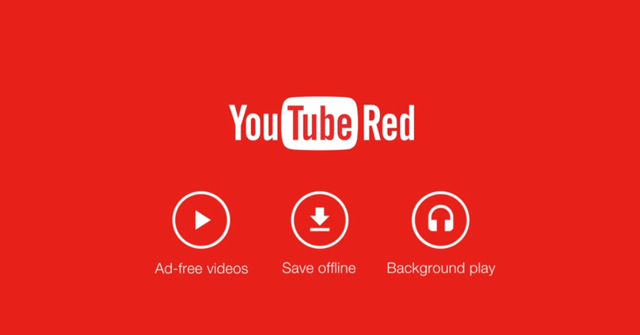YouTube Kids Goes Behind Paywall to Lose Inappropriate Ads
August 5, 2016
YouTube Kids, a standalone app that launched a year-and-a-half ago, has been a big success, with more than 10 billion video views annually and a position as one of the top five kid apps in the iOS and Android app stores. But although YouTube has vetted the content to be kid-appropriate, not so the advertising, which ranges from product placement to pitches for junk food. Last year, the Center for Digital Democracy and Campaign for a Commercial-Free Childhood asked the Federal Trade Commission twice to investigate.
According to Wired, YouTube has just introduced a solution: YouTube Kids is now incorporated into YouTube Red, the ad-free, paid subscription service. For $10 a month, parents can be certain their children will not only get vetted content, but no ads.
“We’ve been trying to keenly listen to the community and make sure parents are in the driver’s seat,” said YouTube Kids head of content Malik Ducard, who added YouTube plans other parental controls such as the “ability to include or exclude specific videos and channels.”
In April, the Center for Digital Democracy and the Campaign for a Commercial-Free Childhood told the FTC that, “YouTube Kids mixes product placement-style ads into YouTube videos that don’t disclose the creator is hawking for money.”
Seven months later, in November, the same two groups reported to the FTC that, “they’d found hundreds of commercials and promotional videos advertising junk food.” YouTube’s answer was that each ad must meet company guidelines to be approved and that they do not track kids’ viewing habits to serve targeted ads.
The two advocacy groups are also not happy about the solution to move YouTube Kids to YouTube Red, saying it excludes lower-income users. “Google recognizes that YouTube has become very important in the lives of children who turn to YouTube for entertainment and information,” said Jeff Chester, executive director for the Center for Digital Democracy. “And it’s out there to monetize it.”
YouTube, unlike television, which is bound by “established rules and standards,” gets to decide what is and is not appropriate for their child viewers. “All this calls out for is safeguards for young people that address all platforms, regardless of the device and regardless of application,” notes Chester.


No Comments Yet
You can be the first to comment!
Sorry, comments for this entry are closed at this time.